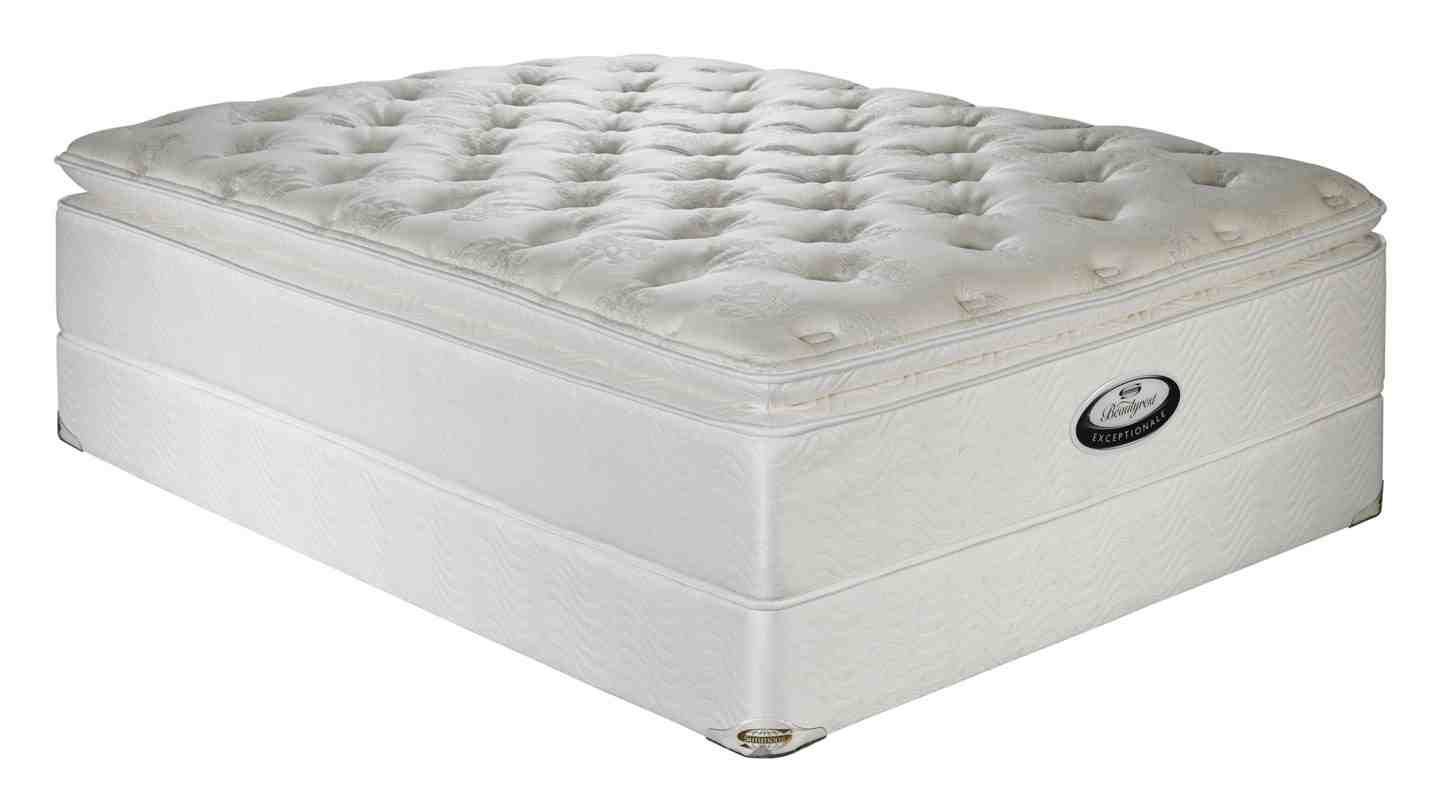If you're in the market for a new kitchen sink or looking to upgrade your current one, you may have come across the term "aerator." But what exactly is a kitchen sink aerator and why is it important? In this section, we'll delve into the details of kitchen sink aerators and what you need to know before making a purchase. An aerator is a small device that attaches to the end of your kitchen sink faucet. Its main purpose is to control the flow of water, reducing the amount of water that comes out of the faucet while maintaining the same level of pressure. This not only helps to conserve water, but it also saves you money on your water bill. But that's not all - kitchen sink aerators also help to prevent splashing and make the water stream more uniform, making it easier to clean dishes and other items in your sink. Plus, they can also filter out any debris or sediment in the water, ensuring a cleaner flow. Now that you know what a kitchen sink aerator is and its benefits, let's explore its importance in the industry.1. Kitchen Sink Aerators: What You Need to Know
The kitchen sink aerator industry plays a crucial role in promoting water conservation and reducing the amount of water waste in our homes and commercial spaces. With the increasing concern for the environment and sustainability, more and more people are turning to eco-friendly solutions for their daily activities. According to the Environmental Protection Agency (EPA), the average American household uses about 300 gallons of water per day, with about 70% of that being used indoors. This makes kitchen sink aerators a vital tool in reducing water consumption and promoting a more sustainable way of living. In addition to water conservation, kitchen sink aerators also contribute to energy conservation. By using less water, less energy is required to heat that water, resulting in lower energy bills. This makes it a win-win situation for both the environment and your wallet. Next, let's talk about how to choose the right kitchen sink aerator for your home.2. The Importance of Kitchen Sink Aerators in the Industry
When it comes to choosing a kitchen sink aerator, there are a few key factors to consider. The first thing to look at is the flow rate, which is measured in gallons per minute (GPM). The standard flow rate for kitchen sink aerators is 2.2 GPM, but you can also find options with a lower flow rate, such as 1.5 GPM, for even more water conservation. Next, think about the aerator's construction and material. Look for aerators made from durable materials such as brass or stainless steel, which can withstand constant use and resist corrosion. You'll also want to check the aerator's thread size to ensure it will fit your faucet properly. Lastly, consider any additional features that may be important to you, such as a pause function, which allows you to temporarily stop the water flow without adjusting the temperature, or a swivel feature, which allows you to direct the water flow more easily. Now that you know what to look for in a kitchen sink aerator, let's explore the top brands in the industry.3. How to Choose the Right Kitchen Sink Aerator for Your Home
When it comes to purchasing a kitchen sink aerator, it's important to choose a reputable brand that you can trust. Some of the top brands in the industry include Delta, Moen, Kohler, and American Standard. Delta offers a variety of aerator options, including water-efficient models that use only 1.5 GPM. Moen also has a wide range of aerators, with features such as a pause button and a swivel function. Kohler's aerators are known for their durability and sleek design, while American Standard offers budget-friendly options without sacrificing quality. Next, let's take a look at the benefits of using kitchen sink aerators in commercial kitchens.4. The Top Brands in the Kitchen Sink Aerator Industry
In a commercial kitchen setting, where water usage is often high, kitchen sink aerators are even more important. By using aerators, commercial kitchens can reduce their water usage significantly, resulting in lower water bills and a positive impact on the environment. In addition, aerators can also help to prevent clogged drains and reduce the risk of slip and fall accidents in the kitchen. And with the added bonus of filtered water, aerators can ensure a cleaner and safer environment for food preparation. Now, let's take a look at the future of kitchen sink aerators and what we can expect in terms of trends and innovations.5. The Benefits of Using Kitchen Sink Aerators in Commercial Kitchens
As technology continues to advance, we can expect to see some exciting developments in the kitchen sink aerator industry. One trend that is gaining popularity is touchless aerators, which use motion sensors to turn the water on and off, promoting both convenience and hygiene. Another innovation is the integration of smart technology, where aerators can be controlled and monitored through a smartphone app. This allows for even more precise control of water flow and temperature, as well as tracking water usage and potential leaks. With the increasing focus on sustainability, we can also expect to see more eco-friendly materials being used in the production of kitchen sink aerators, making them even more environmentally friendly. Next, let's explore how kitchen sink aerators contribute to water conservation in the industry.6. The Future of Kitchen Sink Aerators: Trends and Innovations
As mentioned earlier, kitchen sink aerators play a significant role in promoting water conservation in our daily lives. But in the industry, where water usage is often high, their impact is even more significant. In commercial settings, the use of aerators can result in a significant reduction in water usage, leading to cost savings for businesses and a positive impact on the environment. And in residential settings, aerators can help to raise awareness about water conservation and promote more sustainable habits. Now, let's look at some common issues that may arise with kitchen sink aerators and how to troubleshoot them.7. How Kitchen Sink Aerators Contribute to Water Conservation in the Industry
One common issue with kitchen sink aerators is low water pressure, which can be caused by a buildup of mineral deposits over time. To fix this, you can try soaking the aerator in vinegar or using a brush to clean out any debris. If the water pressure is too high, you may need to replace the aerator with a lower flow rate model. Another common issue is a leaky aerator, which can be caused by a worn-out gasket or a damaged aerator. In this case, it's best to replace the entire aerator. Lastly, let's explore the environmental impact of kitchen sink aerators in the industry.8. Troubleshooting Common Issues with Kitchen Sink Aerators
The environmental impact of kitchen sink aerators is significant, as it helps to reduce water usage and promote sustainability. In addition, the production of aerators using eco-friendly materials can also help to reduce carbon emissions and promote a cleaner environment. Furthermore, the use of aerators in the industry can also have a positive impact on the local community. By promoting water conservation, there is less strain on local water sources, ensuring a more reliable water supply for everyone. Lastly, let's explore a DIY installation guide for kitchen sink aerators.9. The Environmental Impact of Kitchen Sink Aerators in the Industry
Installing a kitchen sink aerator is a relatively simple process that can be easily done as a DIY project. Here are the basic steps to follow: 1. First, gather all the necessary tools and materials, including the new aerator, a wrench, and plumber's tape. 2. Turn off the water supply to the sink. 3. Unscrew the old aerator from the faucet using a wrench. 4. Clean out any debris or mineral deposits from the faucet with a brush or vinegar. 5. Wrap plumber's tape around the threads of the new aerator to prevent leaks. 6. Screw the new aerator onto the faucet by hand, then use a wrench to tighten it securely. 7. Turn the water supply back on and test the new aerator for any leaks. And there you have it - your new kitchen sink aerator is now installed and ready to save you water and money! In conclusion, kitchen sink aerators play a crucial role in the industry, promoting water and energy conservation and contributing to a more sustainable way of living. With the right information and knowledge, you can choose the perfect aerator for your home or business and enjoy all the benefits it has to offer.10. DIY Installation Guide for Kitchen Sink Aerators
The Importance of Kitchen Sink Aerators in House Design

Why Kitchen Sink Aerators Matter
 When it comes to designing a house, every detail matters. From the layout and color scheme to the furniture and appliances, everything is carefully chosen to create a functional and aesthetically pleasing living space. One often overlooked aspect of house design is the kitchen sink aerator, but it plays a crucial role in both the functionality and sustainability of a home.
Kitchen sink aerators
are small devices that attach to the end of a faucet and mix air into the water flow. This helps reduce the amount of water used without compromising the pressure, resulting in a more efficient and cost-effective water usage. With the growing concern for the environment and rising water prices,
kitchen sink aerators
have become an essential element in modern house design.
When it comes to designing a house, every detail matters. From the layout and color scheme to the furniture and appliances, everything is carefully chosen to create a functional and aesthetically pleasing living space. One often overlooked aspect of house design is the kitchen sink aerator, but it plays a crucial role in both the functionality and sustainability of a home.
Kitchen sink aerators
are small devices that attach to the end of a faucet and mix air into the water flow. This helps reduce the amount of water used without compromising the pressure, resulting in a more efficient and cost-effective water usage. With the growing concern for the environment and rising water prices,
kitchen sink aerators
have become an essential element in modern house design.
Efficient Water Usage
 According to the Environmental Protection Agency, the average household uses over 300 gallons of water per day. A significant portion of this water is used in the kitchen, with the sink being one of the main culprits. However, with the installation of a
kitchen sink aerator
, the water flow is reduced by up to 50%, resulting in significant water savings. This not only benefits the environment but also reduces household expenses.
According to the Environmental Protection Agency, the average household uses over 300 gallons of water per day. A significant portion of this water is used in the kitchen, with the sink being one of the main culprits. However, with the installation of a
kitchen sink aerator
, the water flow is reduced by up to 50%, resulting in significant water savings. This not only benefits the environment but also reduces household expenses.
Sustainable Living
/SinkAerator-87017aa9831f4f89a2f3d304b8465e6c.jpg) In addition to conserving water,
kitchen sink aerators
also contribute to sustainable living. By using less water, there is less strain on water resources and energy needed to pump and treat water. This, in turn, reduces the carbon footprint and helps preserve the planet for future generations. With sustainability becoming an increasingly important aspect of house design,
kitchen sink aerators
are a must-have feature in any modern home.
In addition to conserving water,
kitchen sink aerators
also contribute to sustainable living. By using less water, there is less strain on water resources and energy needed to pump and treat water. This, in turn, reduces the carbon footprint and helps preserve the planet for future generations. With sustainability becoming an increasingly important aspect of house design,
kitchen sink aerators
are a must-have feature in any modern home.
Stylish and Practical
 Apart from their practical benefits,
kitchen sink aerators
also add a touch of style to any kitchen. With a variety of designs and finishes available, they can complement any kitchen decor. They also come in a range of flow rates, allowing for customization based on personal preference and usage needs.
In conclusion,
kitchen sink aerators
may seem like a small detail in house design, but their impact is significant. From saving water and promoting sustainability to adding style and efficiency, they are an essential component in any well-designed home. Make sure to include them in your next house design project for a more functional, eco-friendly, and stylish living space.
Apart from their practical benefits,
kitchen sink aerators
also add a touch of style to any kitchen. With a variety of designs and finishes available, they can complement any kitchen decor. They also come in a range of flow rates, allowing for customization based on personal preference and usage needs.
In conclusion,
kitchen sink aerators
may seem like a small detail in house design, but their impact is significant. From saving water and promoting sustainability to adding style and efficiency, they are an essential component in any well-designed home. Make sure to include them in your next house design project for a more functional, eco-friendly, and stylish living space.





:max_bytes(150000):strip_icc()/clearing-a-blocked-faucet-aerator-2718807-07-b5a90554991f4bb69efb45a472df7f23.jpg)

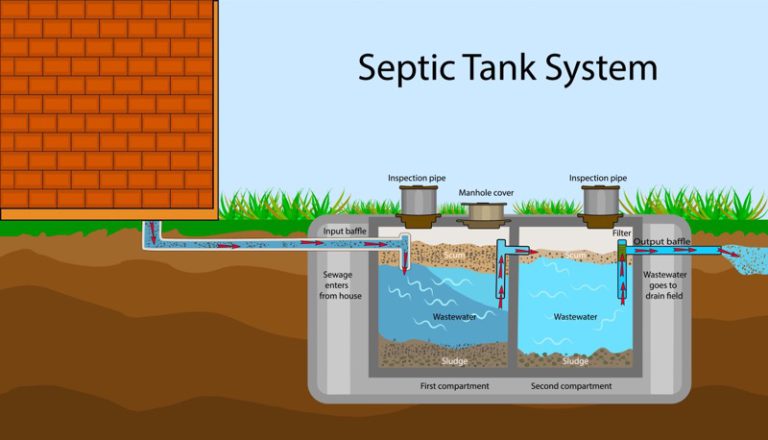




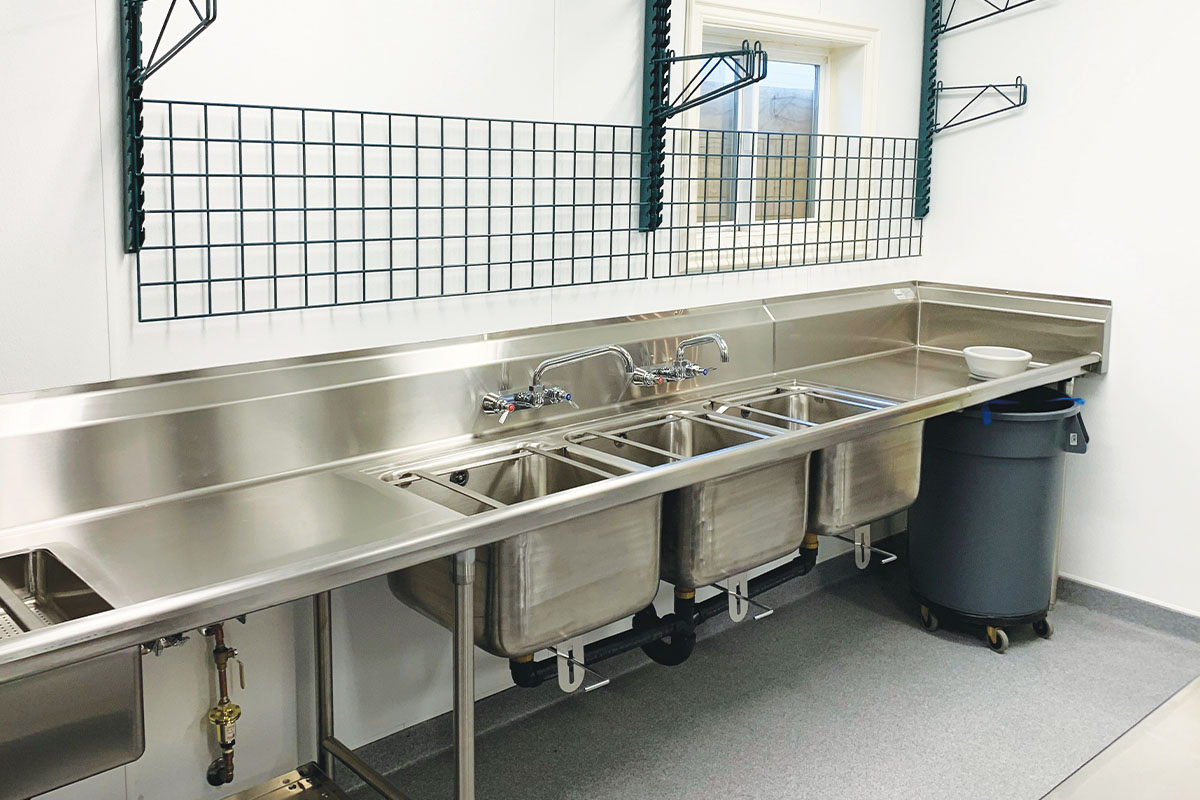





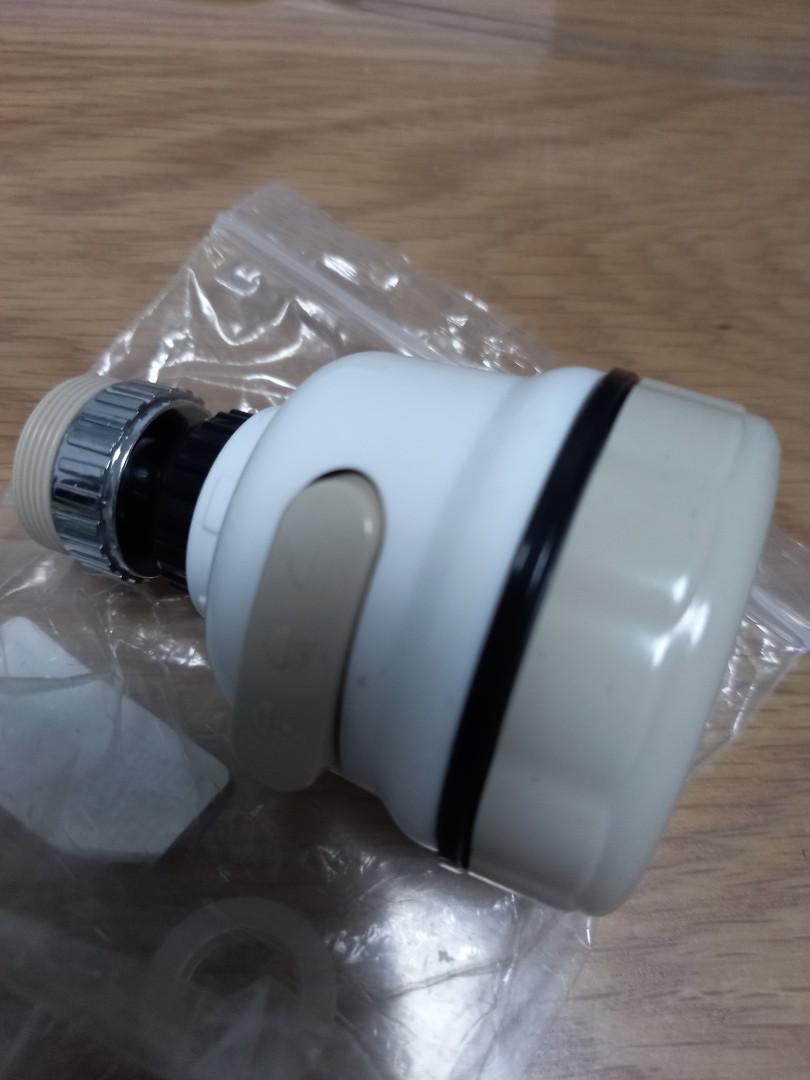




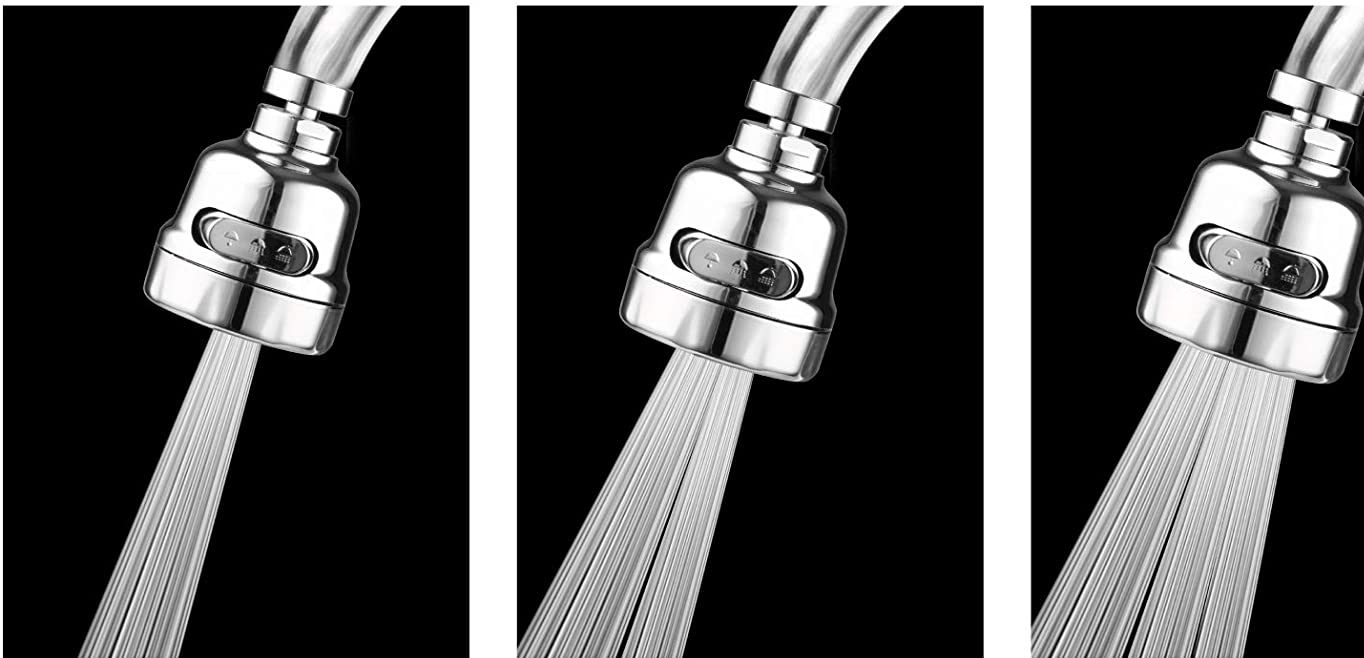
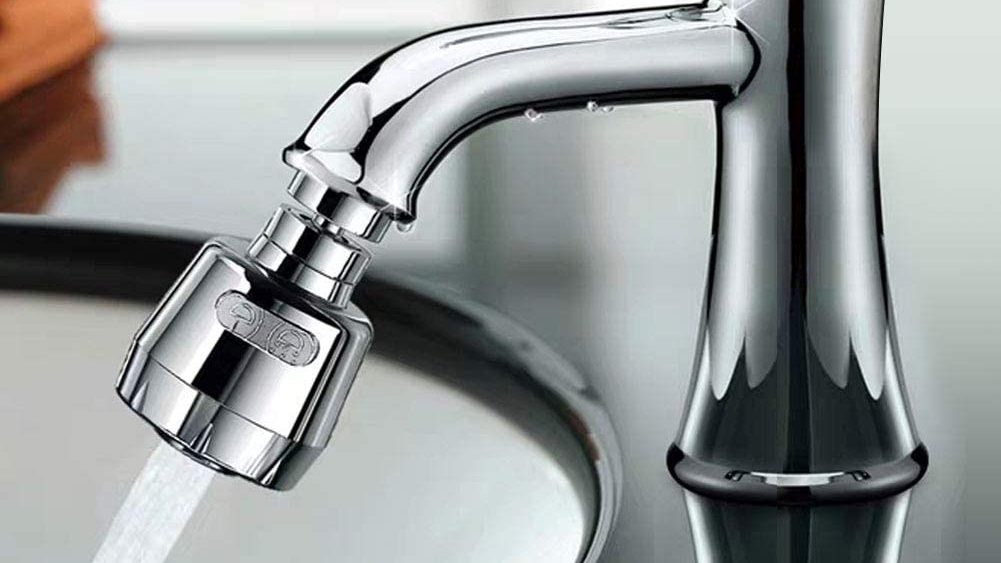
:max_bytes(150000):strip_icc()/cleaning-the-aerator-from-deposits--the-girl-hand-washes-a-dirty-limestone-aerator-with-water-1126244919-72868100964f42d5aa564a928371fea5.jpg)



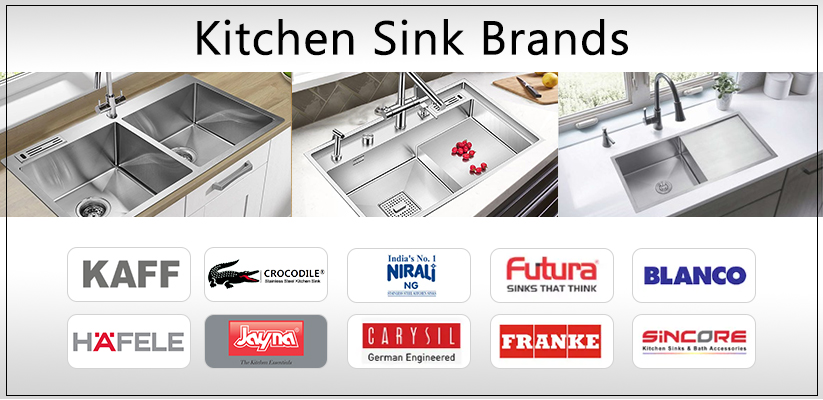
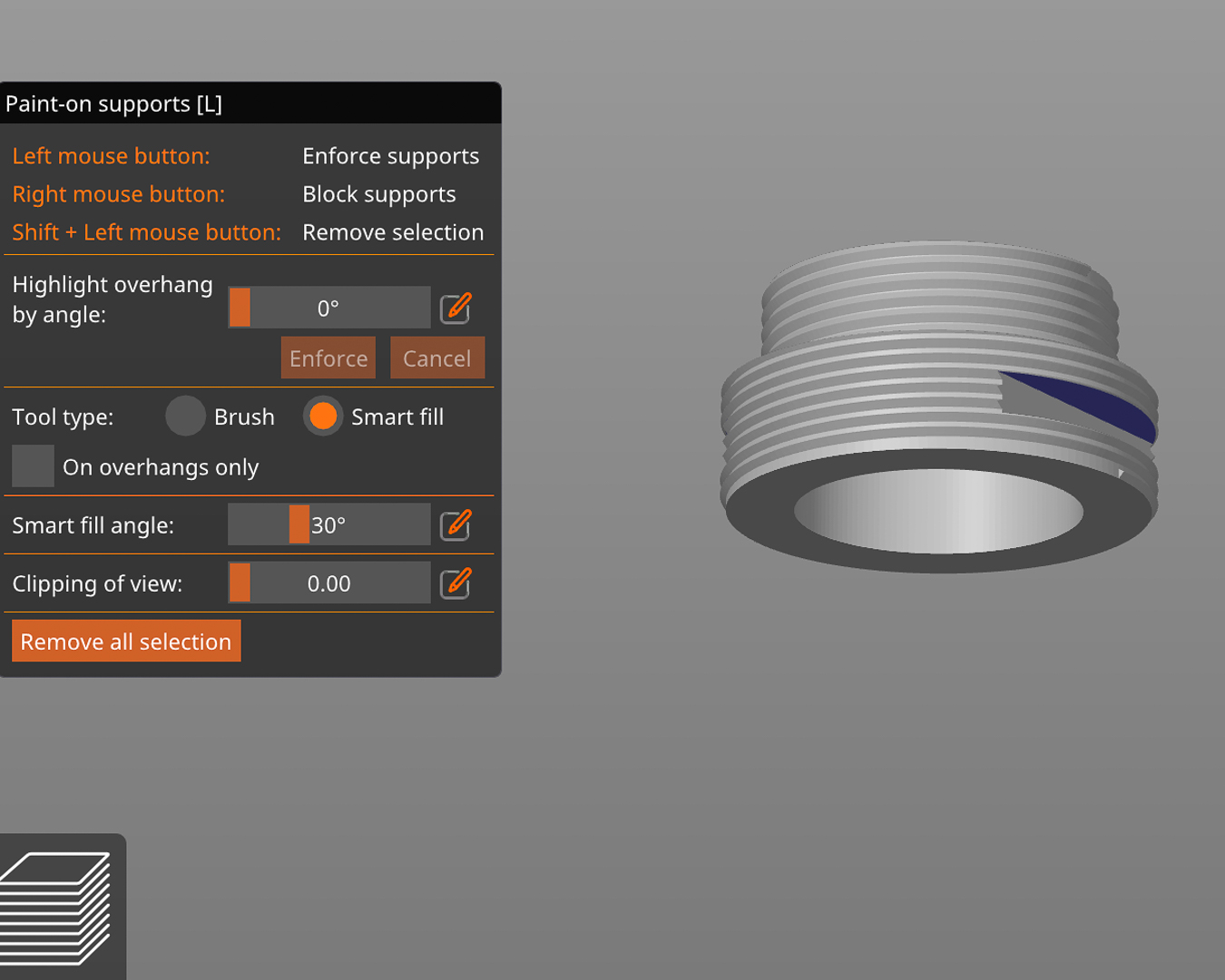

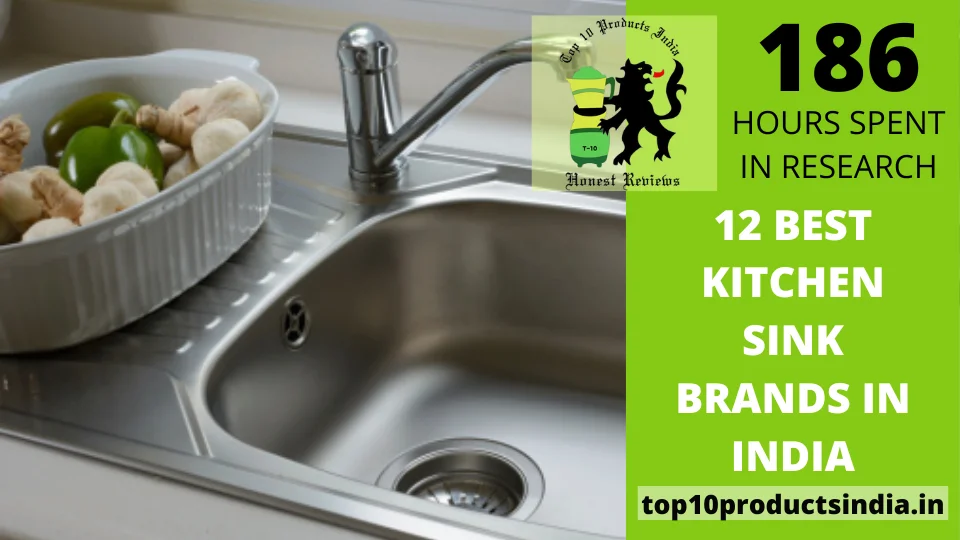


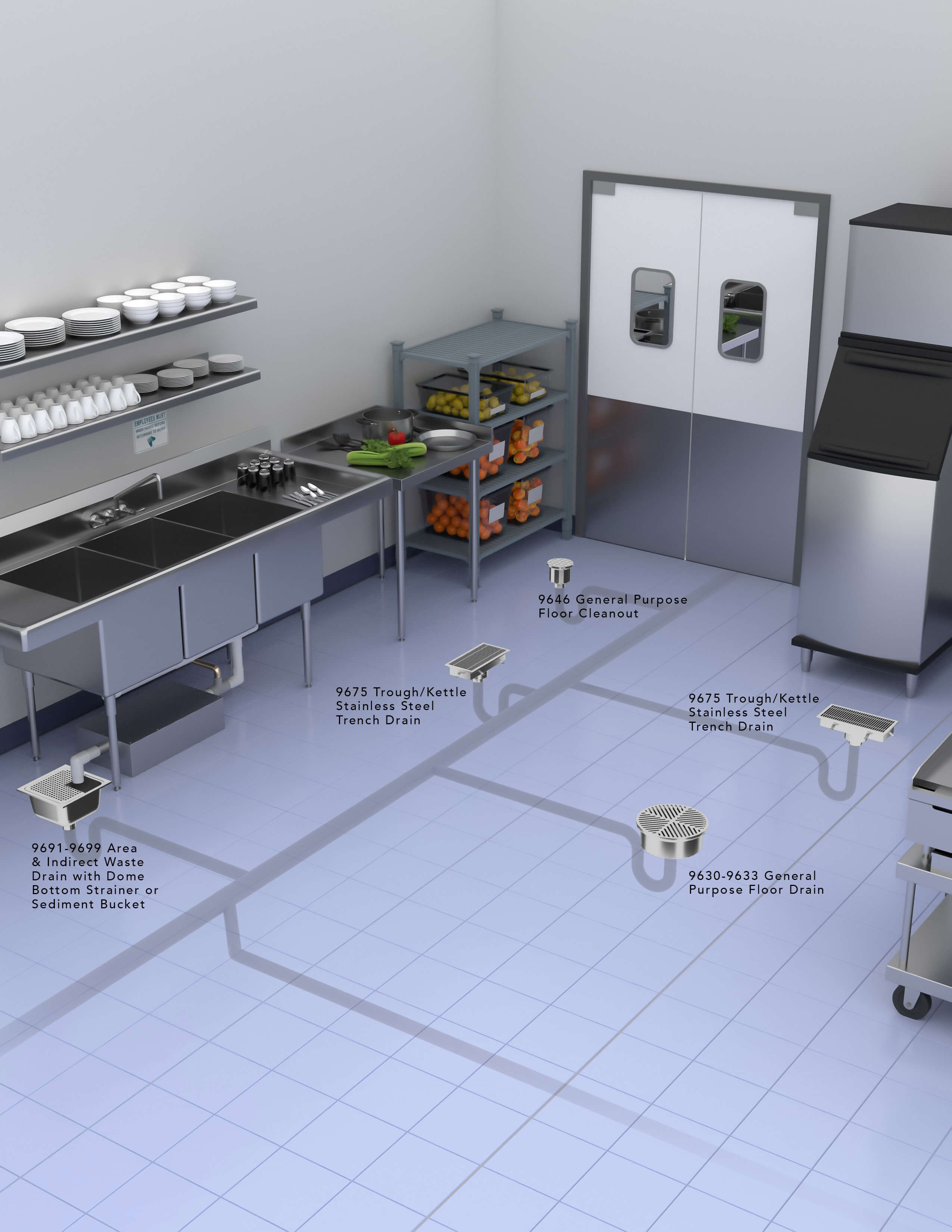




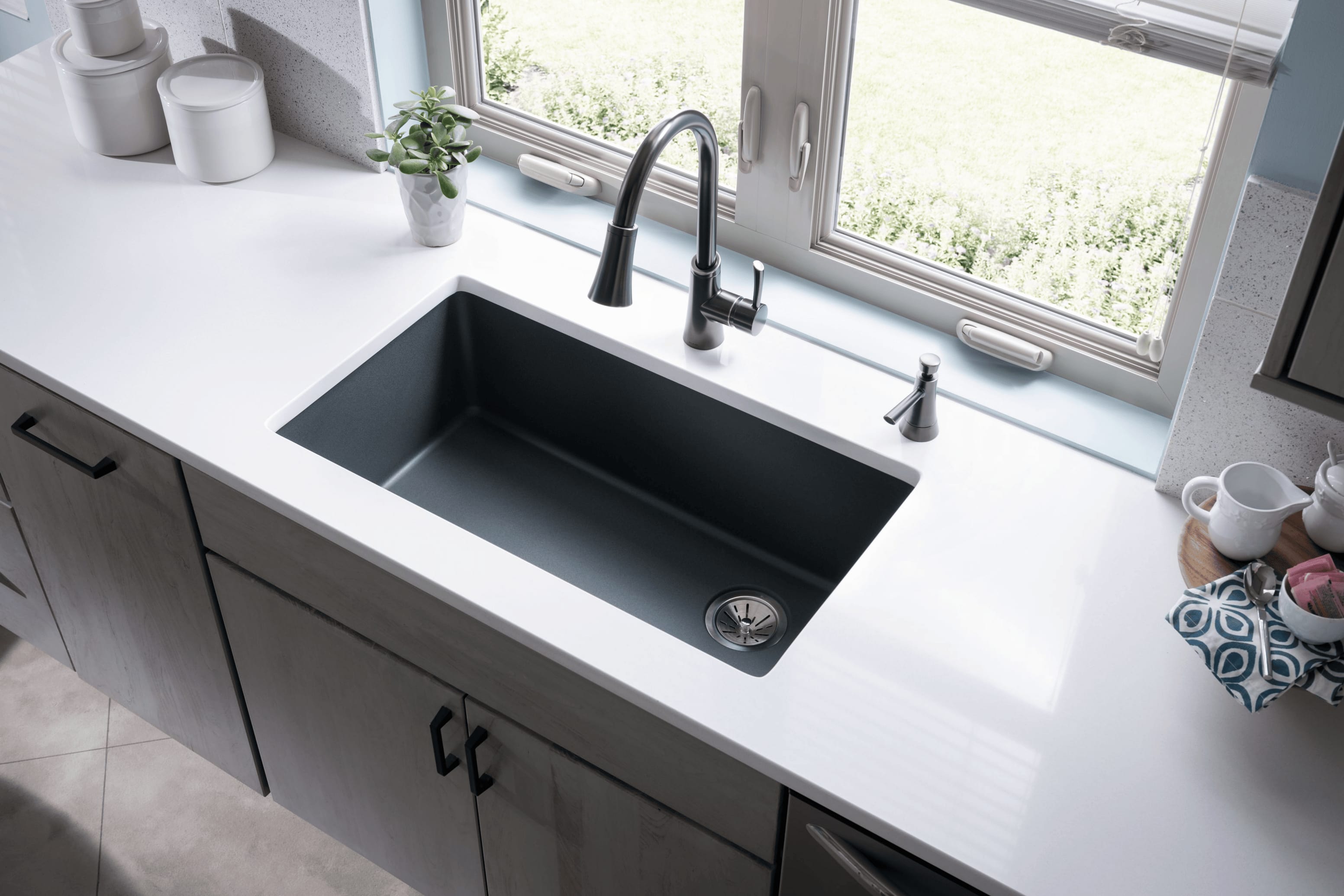


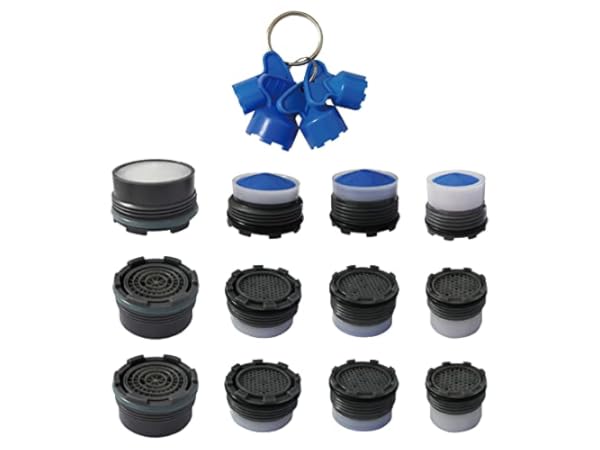






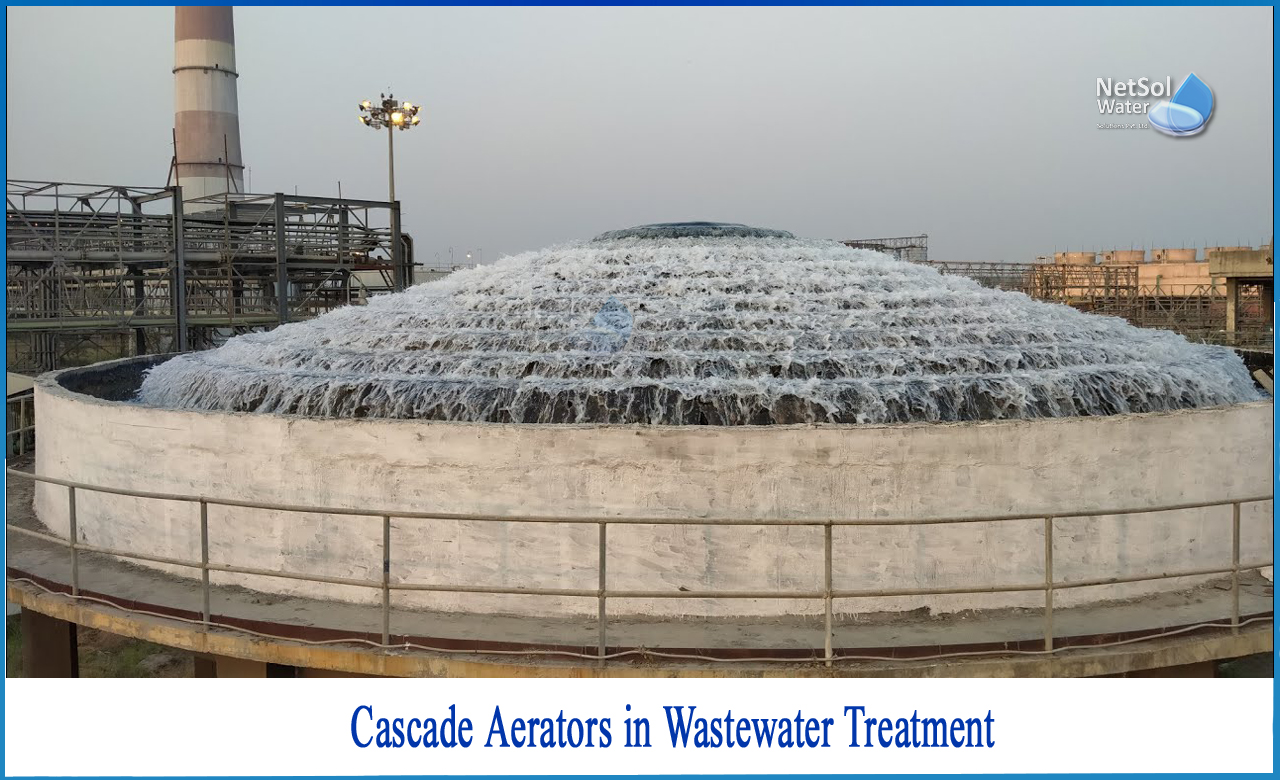











:no_upscale()/cdn.vox-cdn.com/uploads/chorus_asset/file/19495086/drain_0.jpg)



